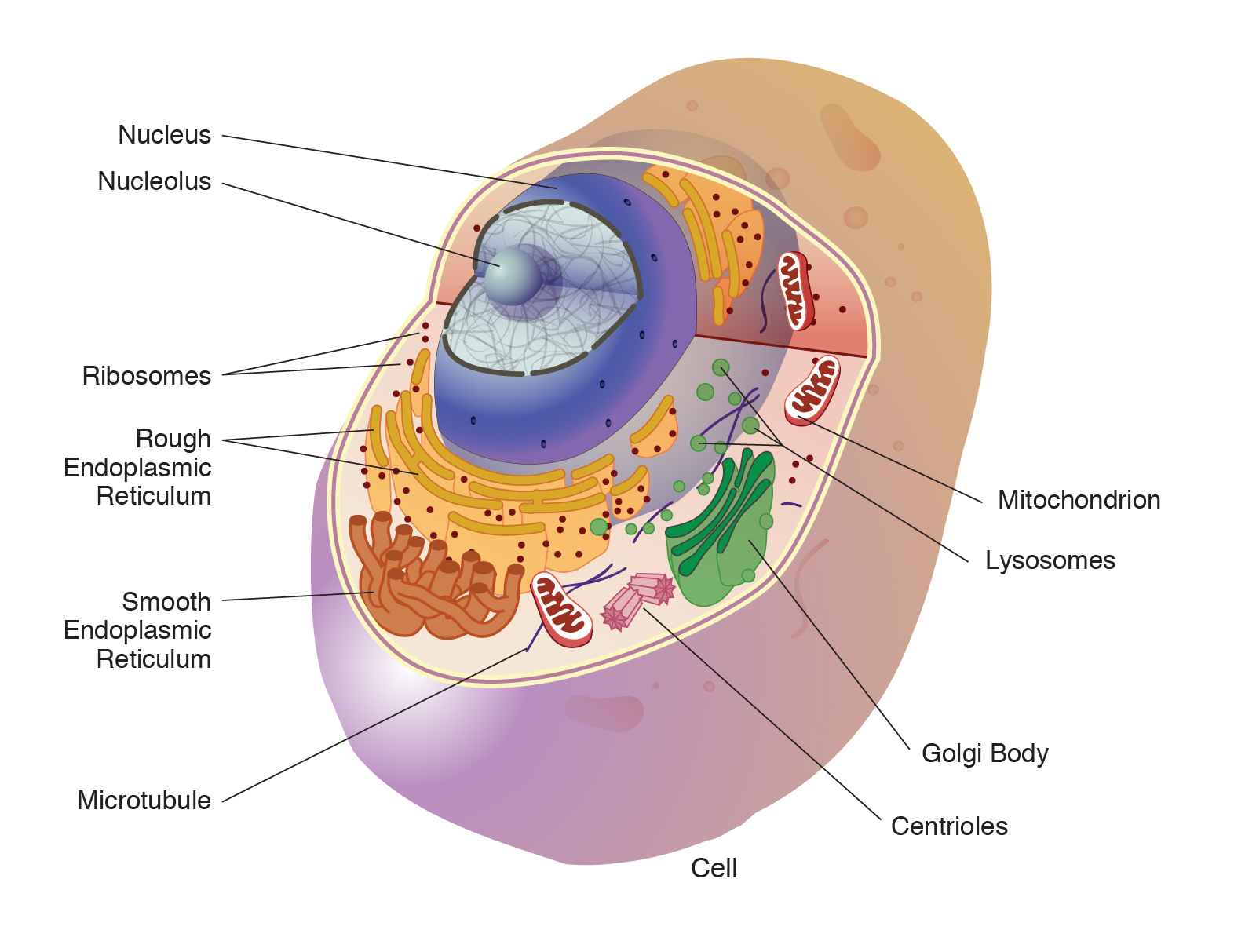Cells And Organelles Chart
Cells And Organelles Chart - The cellular components are called cell organelles. Every cell contains a set of organelles; The goal of this tutorial is for you to be able to describe cell theory, differences between prokaryotic and eukaryotic cells and understand cell structure and function. There are three major challenges for cells as they create organelles. I make “some” nice proteins. Identify key organelles present only in plant cells, including chloroplasts and vacuoles; Cell structure and function audio
Researchers have also detected biomolecular condensates in prokaryotic, or bacterial, cells, which traditionally were defined as not containing organelles. There are three major challenges for cells as they create organelles. The cellular components are called cell organelles. Organelles in animal cells include the nucleus, mitochondria, endoplasmic reticulum, golgi apparatus, vesicles, and vacuoles.
Below is a list of the cell organelles found in animal and plant cells, which we’ll use as our guide for this discussion. A single cell is often a complete. Explain the structure and function of cell membranes; I make “some” nice proteins. Images below are representations of plant, animal and bacterial cells showing common organelles. There are three major challenges for cells as they create organelles.
I make “some” nice proteins. Organelles in animal cells include the nucleus, mitochondria, endoplasmic reticulum, golgi apparatus, vesicles, and vacuoles. I am the little nucleus. A single cell is often a complete. Organelle, any of the specialized structures within a cell that perform a specific function (e.g., mitochondria, ribosomes, endoplasmic reticulum).
I am a mighty power house. Every cell contains a set of organelles; Images below are representations of plant, animal and bacterial cells showing common organelles. Identify key organelles present only in plant cells, including chloroplasts and vacuoles;
Cell Structure And Function Audio
Below is a list of the cell organelles found in animal and plant cells, which we’ll use as our guide for this discussion. Images below are representations of plant, animal and bacterial cells showing common organelles. Researchers have also detected biomolecular condensates in prokaryotic, or bacterial, cells, which traditionally were defined as not containing organelles. Explain the structure and function of cell membranes;
Organelle, Any Of The Specialized Structures Within A Cell That Perform A Specific Function (E.g., Mitochondria, Ribosomes, Endoplasmic Reticulum).
Members only can come and go. Identify key organelles present only in plant cells, including chloroplasts and vacuoles; Organelles in animal cells include the nucleus, mitochondria, endoplasmic reticulum, golgi apparatus, vesicles, and vacuoles. I am a mighty power house.
I Make “Some” Nice Proteins.
Table of cell organelles and functions for the audio version of the file, click this link: Every cell contains a set of organelles; There are three major challenges for cells as they create organelles. The cellular components are called cell organelles.
Organelles Are Involved In Many Vital Cell Functions.
The goal of this tutorial is for you to be able to describe cell theory, differences between prokaryotic and eukaryotic cells and understand cell structure and function. Subcellular structures that are specially adapted to carry out the necessary functions of life. Some organelles (including the nucleus,. Learn about the structure and function of cellular organelles, including the nucleus, mitochondria, and endoplasmic reticulum.
A single cell is often a complete. There are three major challenges for cells as they create organelles. Below is a list of the cell organelles found in animal and plant cells, which we’ll use as our guide for this discussion. Identify key organelles present only in plant cells, including chloroplasts and vacuoles; Organelles in animal cells include the nucleus, mitochondria, endoplasmic reticulum, golgi apparatus, vesicles, and vacuoles.







